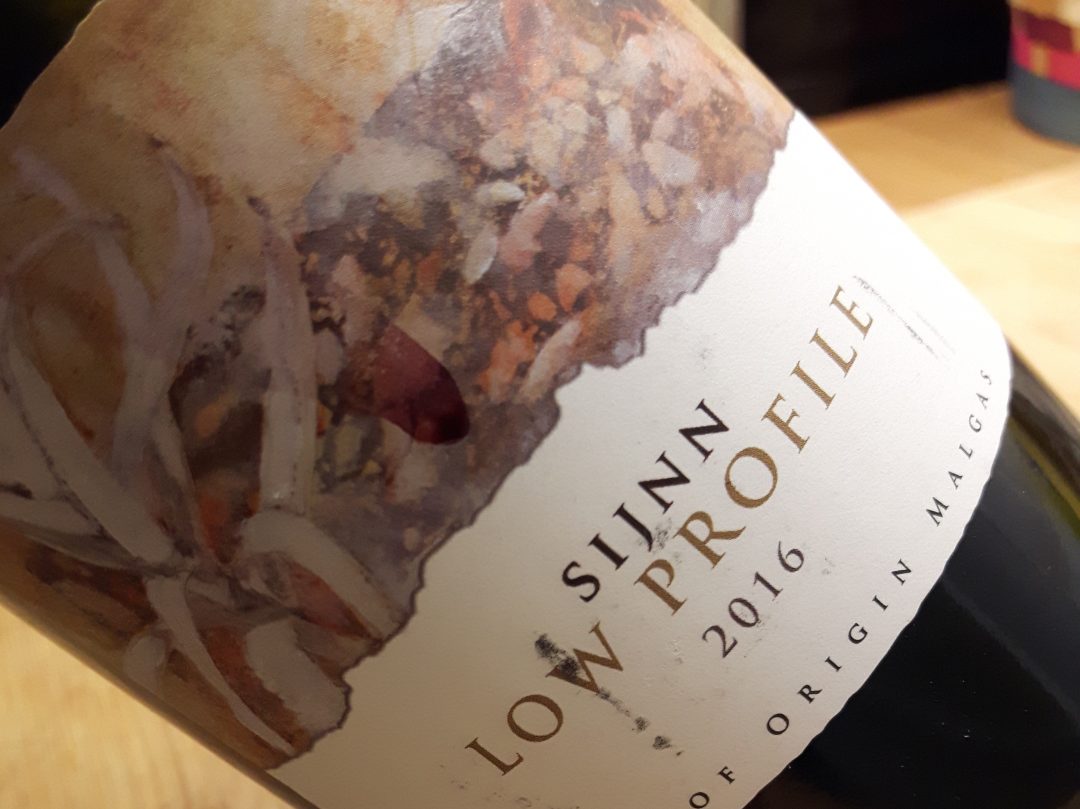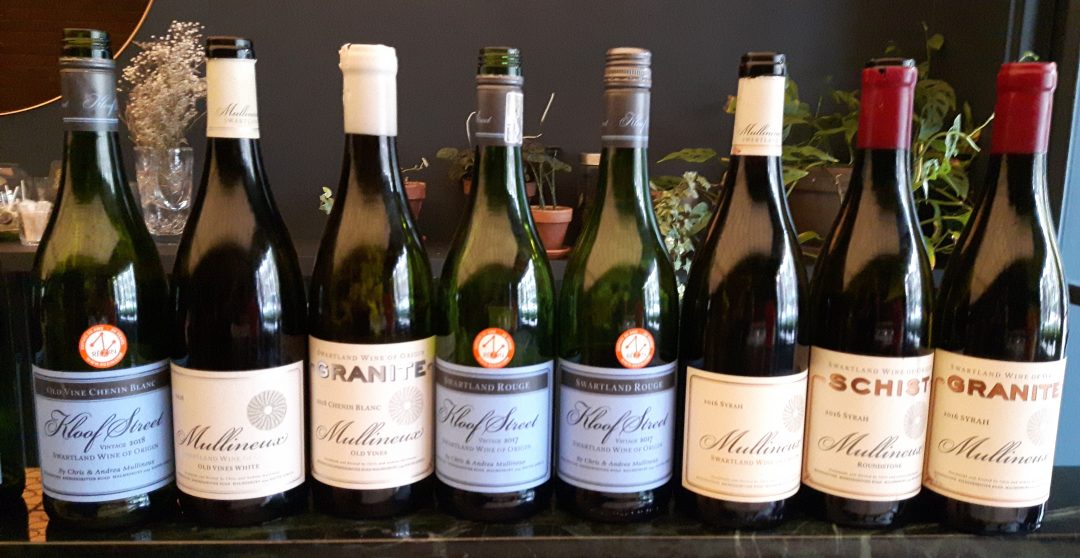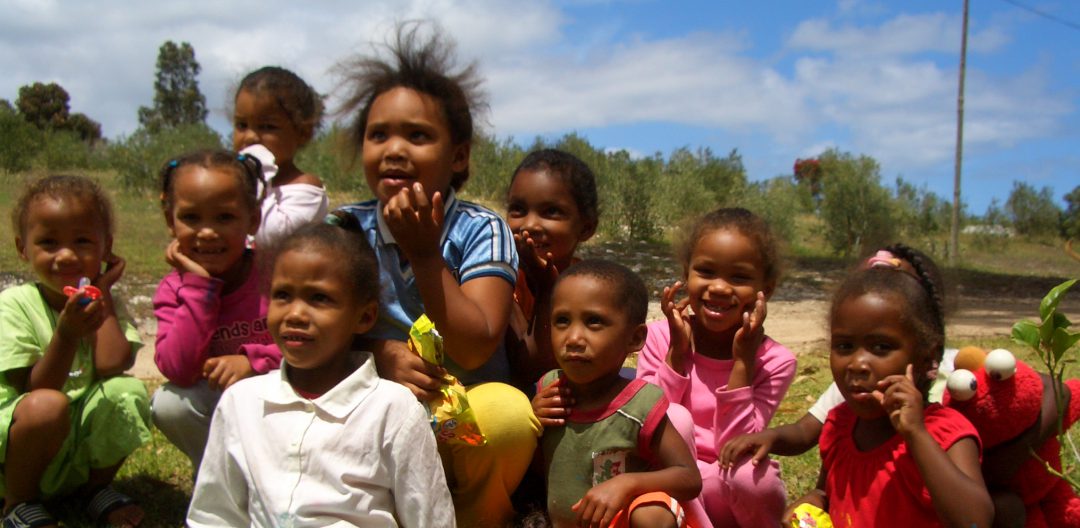It’s Time to Drink South African Wine
The Covid lock-down has been hard on wineries all across the globe. Months of sale revenues from winery tasting rooms and restaurant clients lost, stocks of unsold wines piling up. The situation for many producers is dire.
In South Africa, the circumstances are particularly challenging. For the second time since the beginning of the pandemic, domestic alcohol sales have been banned. A recent BBC article quotes South African President Cyril Ramaphosa as saying that this enforced prohibition is meant to “take pressure off the national healthcare system”.
Alcohol-related hospital visits are a significant concern in South Africa. According to Health Minister Zweli Mkhize, cited in The Economist: “admissions to trauma wards fell by 60-70% in April and May” (the first alcohol ban). The idea behind the ban is to ensure that sufficient space is freed up to dedicate hospital intensive care units to COVID-19 sufferers.
While this decision may have yielded initial, good results, increasing reports of a boom in illicit alcohol sales and home-made moonshine abound. Over the long run, these unregulated liquors may prove far more harmful to heavy drinkers. Meanwhile, South Africa’s wine industry is suffering. The Economist claims that “the first ban put 350 wine producers out of business”.
South Africa, with its rich winemaking heritage, its diverse range of regional and varietal styles, and its often impressive quality for price, has much to offer wine lovers . To learn more about South Africa’s wine history, regions and wines, check out my three-part series on The Renaissance of South African Wine.
The best way to show your support for the South African wine industry is simply to drink South African wine! To help get you started, here is a list of South African wines at all price points that I have enjoyed recently:
Robertson Winery Chenin Blanc 2019
A simple but easy drinking, every day white wine with cheerful yellow apple and melon flavours, fresh acidity, a light-bodied structure and soft, fruity finish.
Where to Buy: SAQ (9.90$), LCBO (9.45$)
The Wolftrap Syrah, Mourvèdre, Viognier 2017, Western Cape
Reminiscent of a Côtes-du-Rhône red wine, The Wolftrap features baked red cherry, plum and baking spice aromas on the nose. The palate is smooth and rounded, with moderate acidity and subtle dark fruit flavours.
Where to Buy: SAQ (13.95$), LCBO (13.95$)
Man Vintners Chenin Blanc Free-run Steen 2017, Western Cape
Attractive notes of yellow fruit underscored by steely, mineral hints on the nose. Zesty acidity is matched by a taut structure and vibrant, ripe lemon flavours on this light bodied, unoaked Chenin Blanc. Clean and citrussy on the finish.
Where to Buy: SAQ (17.05$)
AA Badenhorst The Drifter Cinsault 2019, Swartland
A really bright, silky textured Cinsault that, served slightly chilled, is just perfect for summer. The nose offers temptingly ripe dark berry fruits, with pretty violet accents. The palate offers just enough freshness to provide lift and verve to the light, fruity core.
Where to Buy: SAQ (18.45$)
Pearce Predhomme Wild Ferment Chenin Blanc 2018, Stellenbosch
This lovely Chenin Blanc is the result of a collaborative effort between Canadian wine pros: Nicholas Pearce and Will Predhomme, and reputed South African producer: The Winery of Good Hope. It offers really bright citrus, quince, tart apple aromas and flavours. The palate features nervy acidity that provides excellent balance to the rich, layered texture and medium body. Tangy citrus and green fruit notes linger on the dry finish.
Where to Buy: SAQ (22.95$)
Sijnn Low Profile 2016, Western Cape
This 100% Syrah is deep and brooding in colour, with heady aromas of macerated black fruit, blueberry, dark chocolate and exotic spice, lifted by fresh eucalyptus and floral hints. The palate is full bodied and moderately firm, with a velvety texture, and a concentrated core of ripe dark fruit. A pleasing freshness throughout and subtle, well integrated spicy oak nuances make for a very harmonious red wine.
Where to Buy: SAQ (29.95$)
Mullineux Old Vines White 2018, Swartland
A blend of mainly Chenin Blanc, with white Rhône varietals, and a splash of Sémillon Gris. Initially quite flinty, with aromas of ripe lemon, yellow apple, gooseberry, and anis developing with aeration. The palate shows lovely balance of racy acidity, lifting the weighty, creamy textured mid-palate nicely. Finishes dry, with attractive nutty flavours, and well integrated toasty oak hints. Barrel fermented with native yeasts. Aged 11 months in mainly 3rd and 4th fill French casks.
Where to Buy: LCBO (37.95$). Private import in Québec, enquire with agent: Rézin.




